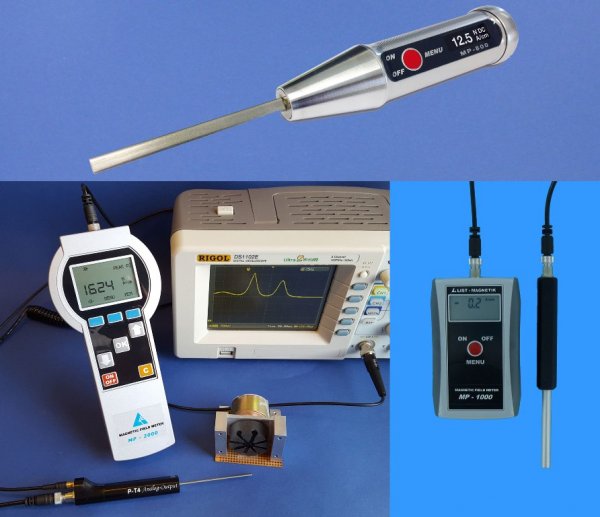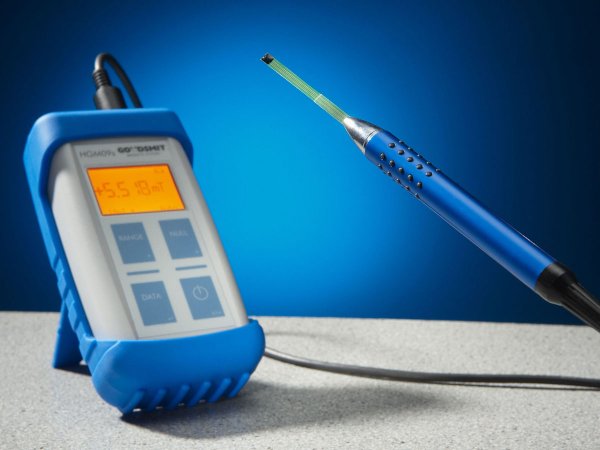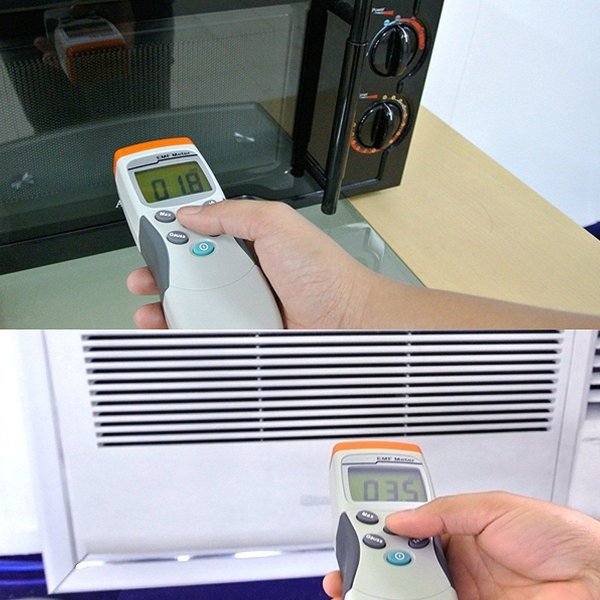Principles of measuring magnetic fields, instruments for measuring magnetic field parameters
The first magnetic compasses indicating directions to the Earth's magnetic poles appeared in the third century BC in China. These were devices in the form of short-handled round ladles made of magnetic iron ore.
The spoon was placed with its convex part on a smooth copper or wooden surface, on which were drawn divisions with images of the signs of the zodiac, indicating the cardinal points. To activate the compass, the spoon was lightly pressed and it began to rotate. Eventually, when the spoon stopped, its handle was pointed just right towards the earth's south magnetic pole.
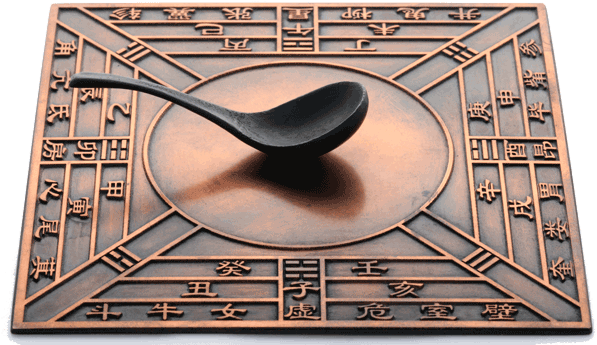
From the twelfth century, compasses were actively used by travelers in Europe. They were installed on both land transport and sea vessels to determine the magnetic deviation.
From the end of the eighteenth century, magnetic phenomena became the object of careful study for the scientists of that time. Pendant in 1785 proposed a method for quantifying the strength of the Earth's magnetic field. In 1832Gauss showed the possibility of determining the absolute value of the magnetic field strength through more accurate measurements.
The connection between magnetic phenomena and force effects observed during the movement of electric charges was first established in 1820 by Oersted. Maxwell would later write this relation in rational form— in the form of mathematical equations (1873):
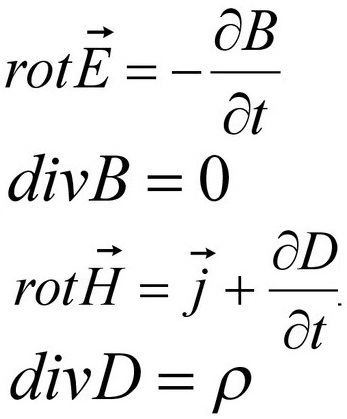
To date, the following technique is used to measure the parameters of the magnetic field:
-
teslameters — devices for measuring the values of the force H or the induction of the magnetic field B;
-
webmeters — instruments for measuring the magnitude of the magnetic flux Ф;
-
gradiometers — devices for measuring magnetic field inhomogeneities.
also exist:
-
devices for measuring the magnetic moment M;
-
instruments for measuring the direction of the vector B;
-
instruments for measuring magnetic constants of various materials.
Magnetic induction vector B characterizes the intensity of the strong side action magnetic field (to pole or to current) and is therefore its main characteristic at a given point in space.
Thus, the magnetic field under study can interact strongly with either a magnet or a current element, and is also capable of inducing an induction EMF in the circuit if the magnetic field penetrating the circuit changes over time or if the circuit changes position is relative to the magnetic field.
A current-carrying element of length dl in a magnetic field of induction B will be acted upon by a force F, the value of which can be found using the following formula:

Therefore, the induction B of the studied magnetic field can be found by the force F, which acts on a conductor of a given length l, with a direct current of a known value I, placed in this magnetic field.
In practice, magnetic measurements are conveniently performed using a quantity called the magnetic moment. The magnetic moment Pm characterizes the contour of the region S with the current I, and the magnitude of the magnetic moment is determined as follows:

If a coil with N turns is used, then its magnetic moment will be equal to:

The mechanical moment M of the magnetic interaction force can be found based on the values of the magnetic moment Pm and the magnetic field induction B as follows:

However, to measure a magnetic field, it is not always convenient to use its manifestations of mechanical force. Fortunately, there is another phenomenon that you can count on. This is the phenomenon of electromagnetic induction. The law of electromagnetic induction in mathematical form is written as follows:

Thus, the magnetic field manifests itself as forces or induced EMF. In this case, the source of the magnetic field itself, as is known, is an electric current.
If the current generating the magnetic field at a given point in space is known, then the magnetic field strength at that point (at a distance r from the current element) can be found using the Biot-Savart-Laplace law:

It should be noted that the magnetic induction B in a vacuum is related to the magnetic field strength H (generated by the corresponding current) by the following relation:

The vacuum magnetic constant in the SI system is defined in amperes.For an arbitrary medium, this constant is the ratio of the magnetic induction in a given medium to the magnetic induction in vacuum, and this constant is called magnetic permeability of the medium:

The magnetic permeability of air practically coincides with the magnetic permeability of vacuum; therefore, for air, the magnetic induction B is practically identical to the magnetic field stress H.
A unit for measuring magnetic induction in NE — Tesla [T], in the CGS system — Gauss [G], and 1 T = 10000 G. Measuring devices for determining magnetic field induction are called teslameters.
The magnetic field strength H is measured in amperes per meter (A/m), 1 ampere/meter being defined as the magnetic field strength of an infinite length solenoid of unit turn density when a 1 ampere solenoid current flows through it. One ampere per meter can be defined in another way: it is the strength of the magnetic field in the center of a circular circuit with a current of 1 ampere with a loop diameter of 1 meter.
Here it is worth noting such a value as the magnetic flux of induction — F. This is a scalar quantity, in the SI system it is measured in Webers, and in the CGS system — in Maxwells, with 1 μs = 0.00000001 Wb. 1 Weber is a magnetic flux of such magnitude that when it decreases to zero, a 1-coulomb charge will pass through a conducting circuit with a resistance of 1 Ohm connected to it.
If we take the magnetic flux F as an initial value, then the magnetic field induction B will be nothing more than the magnetic flux density. Devices for measuring magnetic flux are called webmeters.
We noted above that the magnetic induction can be determined either by the force (or by the mechanical moment) or by the EMF induced in the circuit. These are the so-called direct measurement conversions, where the magnetic flux or magnetic induction is expressed by another physical quantity (force, charge, moment, potential difference) that is uniquely related to the magnetic quantity by means of a basic physical law.
Transformations where the magnetic induction B or the magnetic flux F is through the current I or the length l or the radius r are called reverse transformations. Such transformations are carried out on the basis of the Biot-Savart-Laplace law, using the known relationship between the magnetic induction B and the strength of the magnetic field H.

